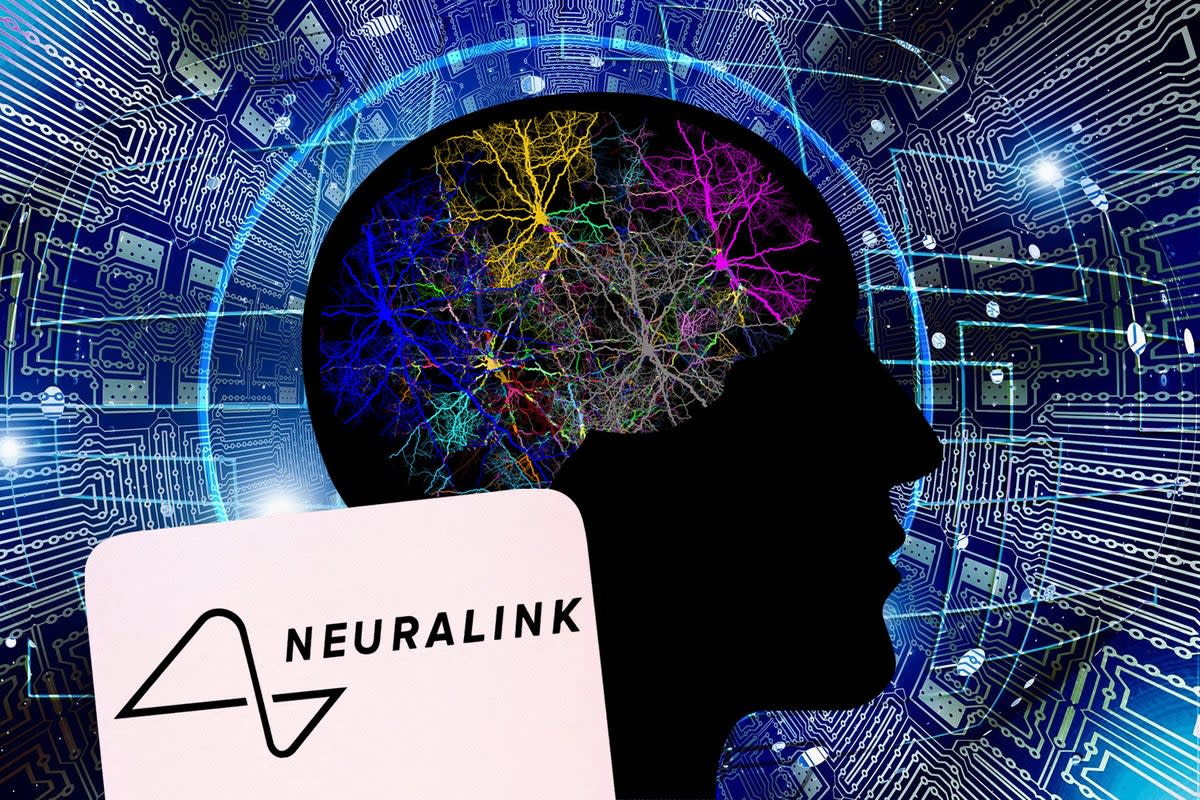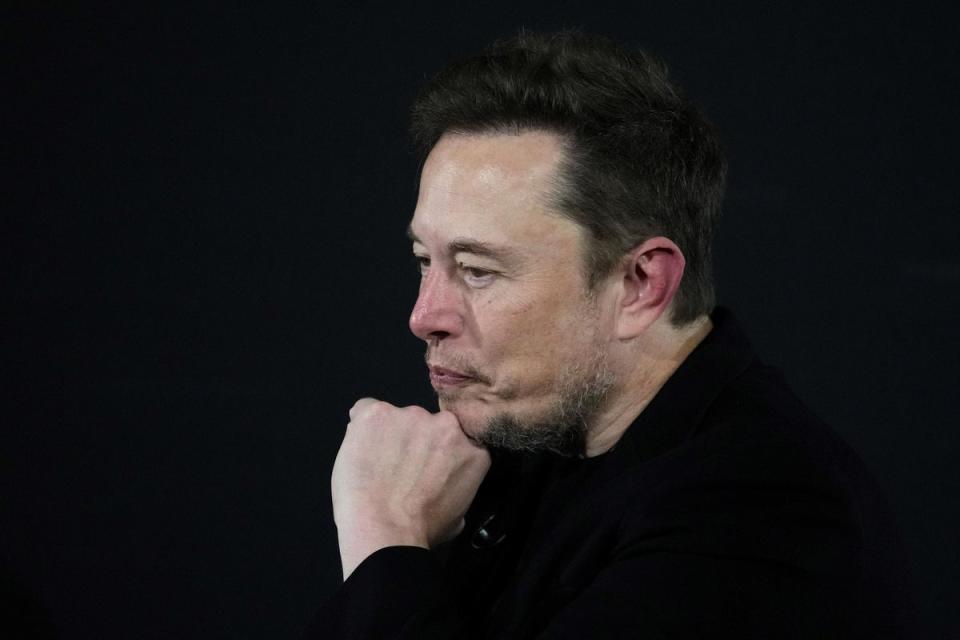Neuralink brain implant test suffers technical issues

Neuralink has posted an update on the first human trial of its not-entirely-successful brain implant.
The Neuralink blog post discusses the experiences of patient Noland Arbaugh, who has used the Neuralink N1 brain-computer interface implant to play Mario Kart on Nintendo Switch and participate in Neuralink’s tests.
However, the efficacy of the implant has lessened as parts of the implant have disconnected from the brain’s surface, as Neuralink explains.
“In the weeks following the surgery, a number of threads retracted from the brain, resulting in a net decrease in the number of effective electrodes,” it says.
Neuralink is a neurotechnology company founded by Elon Musk and others to develop implantable brain–machine interface (BMI) technologies. The company aims to create devices to be implanted into the human brain, allowing direct communication between the brain and external devices or software.
The primary focus of Neuralink is to develop technology that can potentially help treat neurological conditions, such as Alzheimer's, Parkinson's disease, and various forms of paralysis, by restoring or enhancing brain function. Additionally, Neuralink's technology has the potential to enable new forms of human-computer interaction, such as controlling computers or other devices directly with the mind.

Neuralink’s implant uses a neural lace that distributes 1,024 electrodes across 64 threads on the brain’s surface. These can then monitor the electrical activity of the brain.
Fewer attached electrodes meant the Neuralink N1 had to be recalibrated to work off fewer data points.
“In response to this change, we modified the recording algorithm to be more sensitive to neural population signals,” said Neuralink.
There’s no word in the Neuralink blog on how the neural lace might be altered to avoid electrode disconnections. Neuralink does not discuss how many threads or electrodes have disconnected in the patient to date either.
It is not all bad news, though. Neuralink claims Arbaugh has “set a new world record for human BCI cursor control of 4.6 BPS,” and has since achieved results not dissimilar to “Neuralink engineers using a mouse”.
BCI stands for brain-computer-interface, while BPS is bits-per-second, an indicator of how much mouse/controller cursor control information the patient could relay to the computer using the implant.
The blog suggests Arbaugh has used the implant to play Slay the Spire and Chess and Mario Kart on Switch.
“I think it should give a lot of people a lot of hope for what this thing can do for them, first and foremost their gaming experience, but then that'll translate into so much more and I think that's awesome,” said Arbaugh. Before receiving the implant, Arbaugh used a mouth stick to play games.
The surgery took place in January. Arbaugh, 29, was paralysed following a driving accident in 2016.


